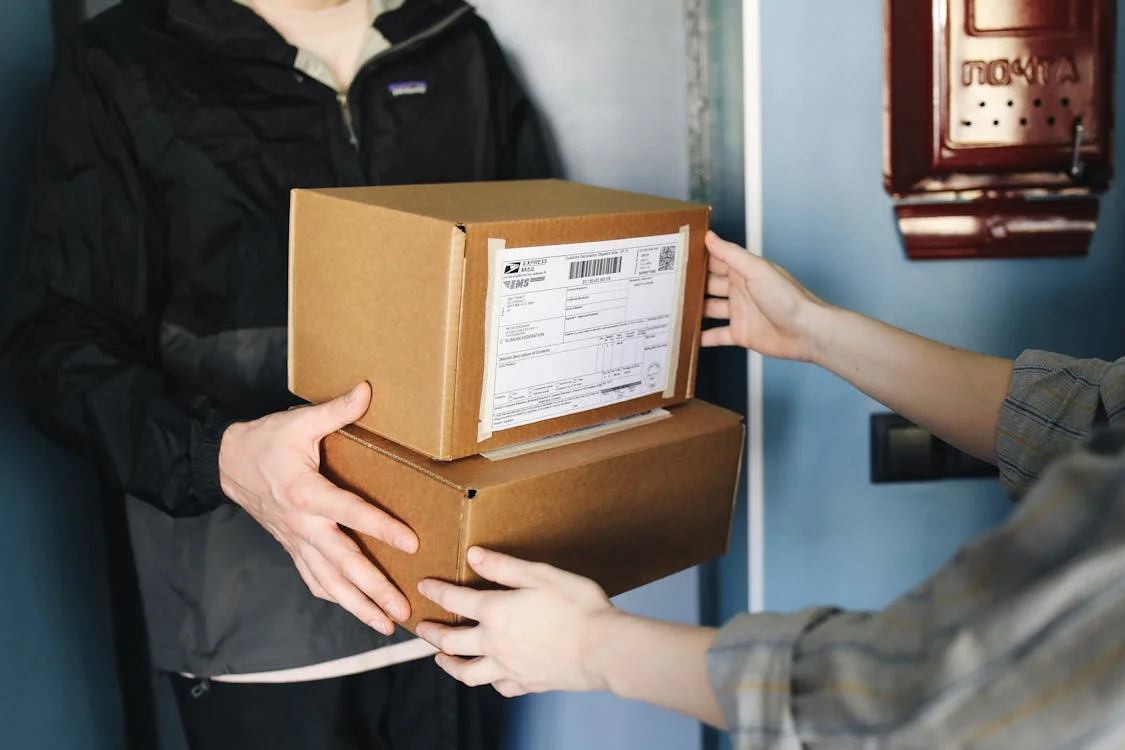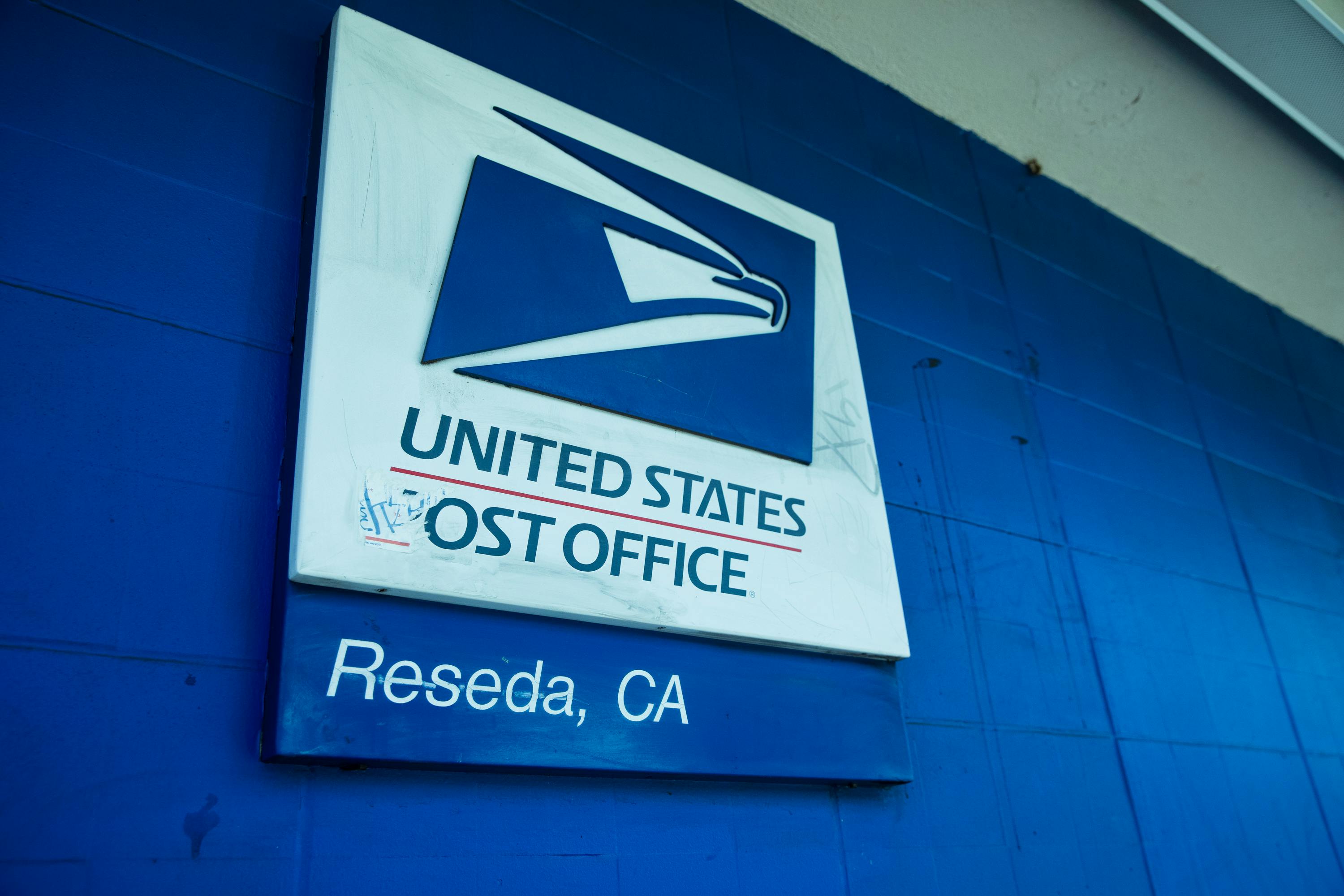- Published on
Automation for USPS Client: Saving Time and Improving Efficiency
- Authors

- Name
- ByteGeometry
- @ByteGeometry

Overview
ByteGeometry specializes in developing cutting-edge software solutions that automate complex processes and streamline operations. Our team of experts has a proven track record of delivering automated systems tailored to the needs of businesses across various industries. In this case study, we highlight how we helped the United States Postal Service (USPS) modernize their postal form processing system through intelligent automation.
The USPS handles a vast volume of postal forms every day, including change-of-address requests and customs declarations. Traditionally, these forms required manual input and verification, leading to slow processing times and a high potential for human error. Our client, USPS, approached us for a solution that would automate this process, reduce manual labor, and improve accuracy and efficiency.
Solution
We developed an intelligent automation system designed to read, validate, and process postal forms with minimal human intervention. This solution leverages Optical Character Recognition (OCR) and AI-powered verification to extract data from scanned forms, validate it, and automatically submit the information to USPS systems.
The automation system also includes a user-friendly interface, enabling postal employees to monitor and verify forms with ease. By automating the process, we eliminated much of the manual workload, significantly improving accuracy and efficiency.

Discovery
In close collaboration with USPS representatives and our client, we identified several key challenges:
- A high volume of forms requiring manual data entry and verification
- Frequent errors in handwritten entries leading to delays in processing
- The need for a user-friendly solution that could scale with the volume of forms
- The challenge of verifying outdated or incorrect documents
To address these issues, we assessed a variety of sample forms and explored how Optical Character Recognition (OCR) and AI verification, using OpenAI's advanced vision models, could achieve high accuracy in data extraction and validation.
Our solution also involved creating an automated system to organize and manage processed forms. Each form was categorized into folders with specific filters. If a form failed to process, it was automatically sent to the appropriate folder for further review. This system helped ensure that all forms were processed efficiently and accurately.
We implemented web automation using Python and the Playwright library, providing a stable, scalable framework that could be easily extended for future automation tasks. To make the system even more reusable, we developed a dedicated framework for this project, which can be found at Inject-Framework.

Technologies & Tools
To build the automation system, we utilized the following technologies:
- OCR (Optical Character Recognition): Pytesseract and OpenAI's vision models to extract text from scanned forms
- AI Verification: OpenAI's visual recognition models to validate the extracted text against expected fields on the forms
- Python: Used for backend automation and data processing
- Playwright: Web automation for filling out forms using a browser driver
- USPS API: Direct integration with USPS systems for submitting validated data
- Simple UI: A lightweight interface built with Python and Tkinter for postal employees to review and resolve discrepancies
Results
The automation solution we developed significantly improved USPS's form processing efficiency. The key results include:
- Cost Savings: USPS was able to save 80% of their monthly operational costs by leveraging the automation solution, significantly reducing the workload on their employees.
- Time Savings: The system reduced manual data entry by 70%, enabling faster form processing.
- Error Reduction: The accuracy of data extraction and validation improved by 80%, minimizing processing errors.
- Improved User Experience: Postal employees experienced smoother workflows and reduced stress from the manual verification process.
- Scalability: The system was built to easily scale, allowing the addition of new form types and features as needed.
With ByteGeometry’s automation solution, USPS successfully streamlined their postal form processing, resulting in faster, more accurate operations and enhanced employee productivity. This project serves as a prime example of how intelligent automation can revolutionize traditional workflows and drive significant business improvements.